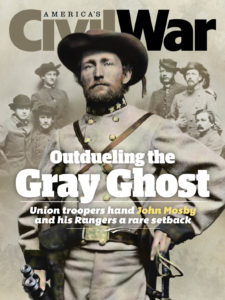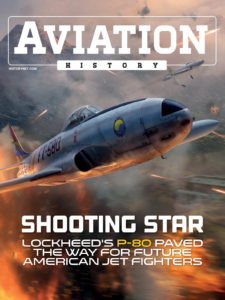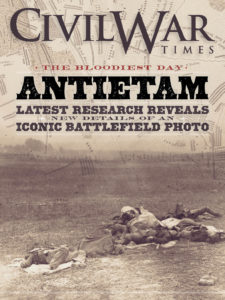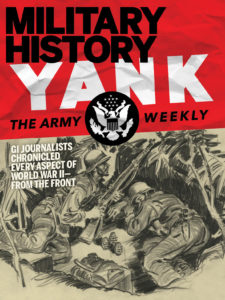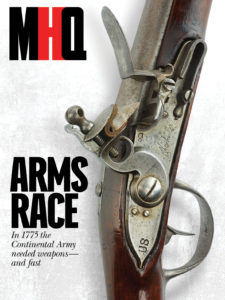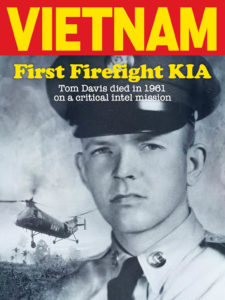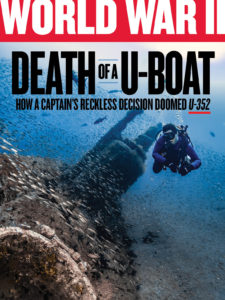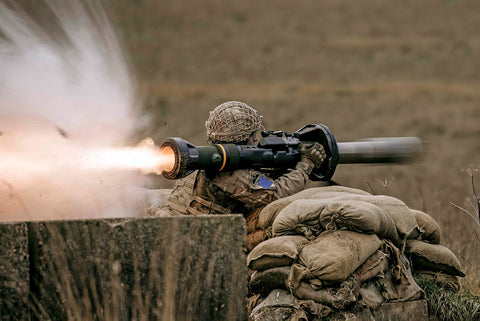
NLAW Missile: Ukraine’s Primary Tank Buster Fighting Russia
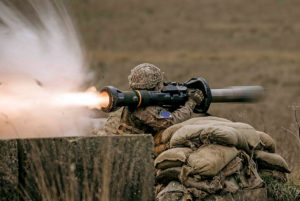
When Russia began its “special military operation” into Ukraine on Feb. 24, 2022, numerous Western countries pledged to support the latter with a variety of weapons. Among the least expensive but most effective was a British contribution commonly known as the NLAW, representing its status as a “Next Generation Light Anti-Tank Weapon.”
21st-Century Antitank weapon
In 1999, the British Defence Procurement Agency issued a specification for a replacement for the obsolescent LAW 80, and in October 2002 it accepted the design proposed by the Swedish SAAB Bofors Dynamics. Sweden’s mechanized infantry lacked up-to-date tanks and antitank weapons at the time, so Bofors had already been at work developing what the Swedish army would accept as the Robot 57 or RB 57, while the British put it into production by 14 subcontractors as the MBT LAW.
GET HISTORY’S GREATEST TALES—RIGHT IN YOUR INBOX
Subscribe to our Historynet Now! newsletter for the best of the past, delivered every Wednesday.
NLAW’s SPECs
Whichever its terminology, the NLAW incorporates firepower and fire-and-forget electronics in a compact, lightweight disposable package, being 3 feet, 4 inches long with a 150 mm warhead and an overall weight of 28 pounds (compared to the 49-pound weight of the FGM-148 Javelin when it entered service with the Americans in 1996).
As with the Javelin, the NLAW uses a soft-launch guided system guided by predictable line-of-sight. Upon firing, a relatively mild propellent initially drives the round at 40 meters (130 feet) per second, producing little backblast, then ignites the main propellent to attain a speed of 200 meters (600 feet) per second to an effective range of 800 meters (2,625 feet) and a maximum range of 1,000 meters (3,300 feet).
After keeping his sights on the target for the first two or three seconds after firing, the user, equipped with a 2.5-power telescopic sight with nightvision, can abandon his last firing position while the weapon is guided to the target based on those last coordinates.
Recommended for you
NLAW Versus Javelin
The NLAW is lighter and handier than the Javelin and can penetrate up to 20 inches of armor, though its 4-pound shaped charge warhead does not have the Javelin’s tandem fuze setup and thus can be foiled by active armor. The NLAW user, however, has the option of carrying out an overfly top attack on the less-heavily armored upper surfaces of tanks with a proximity fuze, or assault an unarmored targets or static enemy positions using a direct contact explosive round.
Entering production on December 2008, the NLAW entered British service in mid-2009. Further foreign orders for the weapon came from Switzerland, Luxembourg, Malaysia and Indonesia. A total of 10,000 have been manufactured thus far, and of that number Britain stated on March 9, 2022, that it had delivered 2,000 NLAWs to Ukraine prior to the Russian invasion, with an additional 1,615 thereafter. On March 24, Britain pledged to supply another 6,000, while Luxembourg had sent over 100 from its arsenal.
Although the Javelin has figured more prominently in the past few months, its $176,000 cost limits production compared to the NLAW’s $30,000-to-$40,000 price tag. It is currently the most numerous high-tech infantry weapon in Ukraine and reportedly responsible for 30 to 40 percent of Russian tank losses, making it, according to at least one senior officer, the “weapon of choice” for the Ukrainian infantry.
historynet magazines
Our 9 best-selling history titles feature in-depth storytelling and iconic imagery to engage and inform on the people, the wars, and the events that shaped America and the world. Sale! Save $7.99 on your subscription today!

